Seville is many things -- it is the city of Carmen (flamenco, bullfights and the original cigar factory), the city of the baroque splendour of Figaro's Wedding, but also the city of Don Giovanni (aka Don Juan).
Once, it was a city with an irresistible attraction for soldiers of fortune looking for adventure in all its guises, when Seville became the gateway to the New World. (Men such as Christopher Columbus, who lies buried there.)
But above all, Seville is the city of tiles.
Seville is, quite literally, decked out in them: tiles adorn church walls...
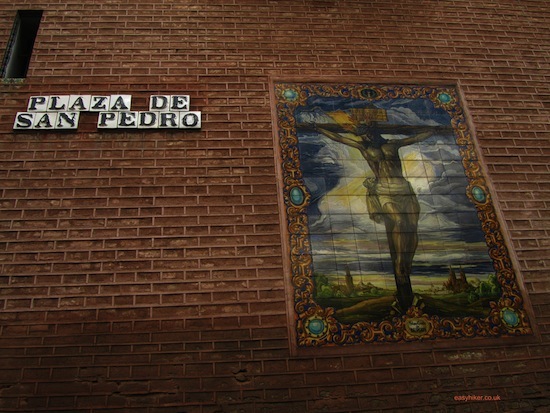
... as well as tavern walls.
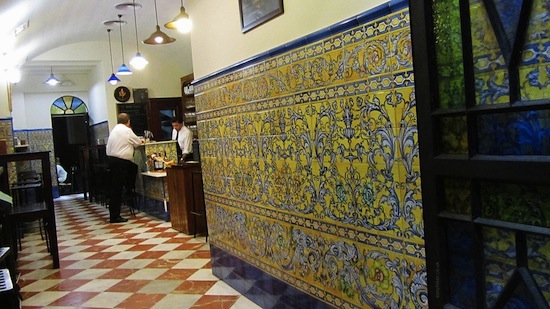
They are used to identify streets...
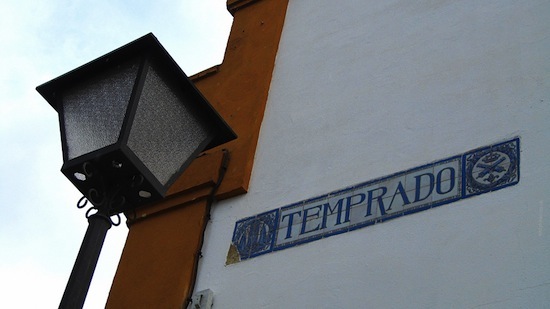
... and the historic buildings in them...
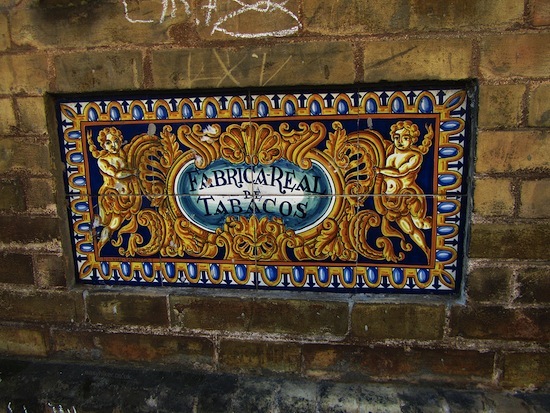
... as well as historic pubs and restaurants.
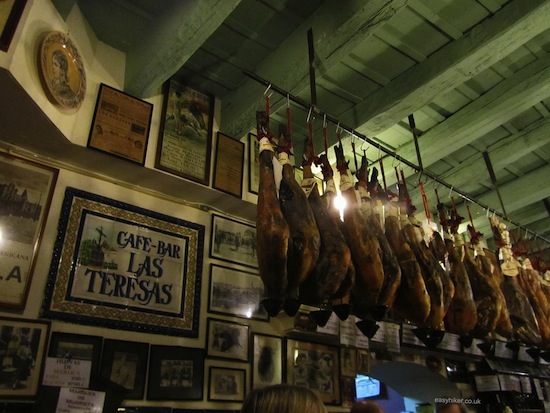
Sevillanos use tiles where people in other cities would use concrete and brick...
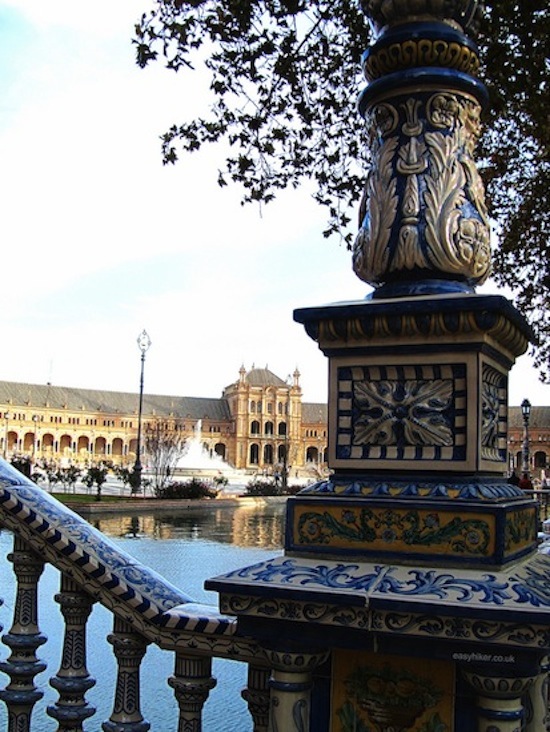
... or a mix of iron and wood.
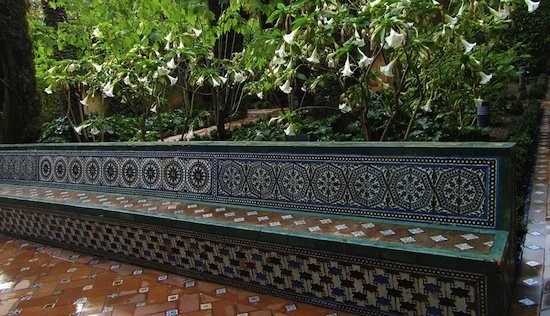
Tiles, in short, are everywhere. But where did they come from? To find out more about their history and their origin, you will need to go to the ancient Alcazar Palace right in the heart of Seville's Old Town.
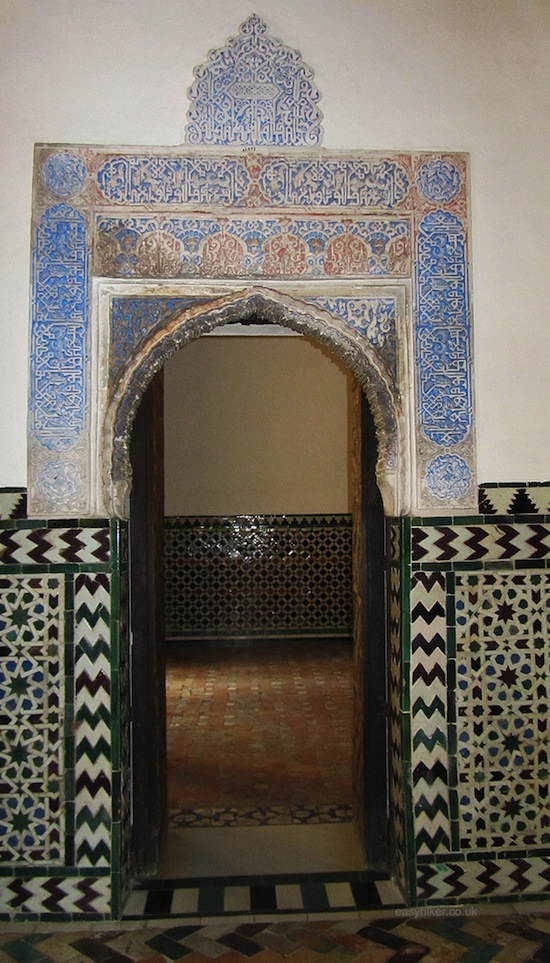
Patterned walls or floor tiles have been used to decorate the homes of the wealthy for thousands of years, mainly across the Middle East and in South Asia. The art of decking out large surfaces in complex and intricate geometric patterns was perfected under the early Muslim rulers of Persia, and quickly spread all over the Islamic world.
Tiles are the perfect medium for laying out abstract patterns that are repetitive while providing enough variation to intrigue and charm the eye -- abstract patterns being, of course, all that was allowed under the strict Islamic Code of non-representation.
Most of what you see in today's royal palace has not been built by the "Moors," the Muslim invaders from present day "Mauretania" and "Morocco" who governed Seville from 712 to 1248 AD. The Alcazar is essentially a Spanish creation, built over and around a Moorish fortress for the very Catholic King Pedro I, roughly 100 years after the Castilian conquest of Seville.
Across the street from the Alcazar, there is more proof of the "bipolarity" of Seville's ancient history. The Giralda, once a minaret...
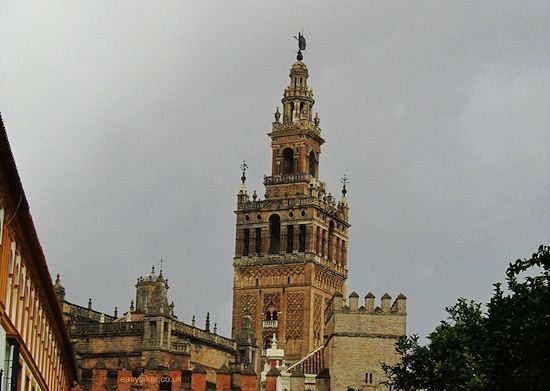
... now serves as the bell tower of the adjacent Cathedral. This Giralda only received her "wedding cake" topping after an earthquake destroyed the original roof in the 14th century. Until then the Christian Sevillanos did not object to a church tower topped with distinctly Islamic copper shells. Nor had they very much minded praying in the old mosque, which only gave way to the new (Gothic) Cathedral when it was destroyed in another earthquake.
Seville was ruled by Muslims for five centuries. One must be careful though not to exaggerate the enlightened benignity of their rule. Despite what some accounts appear to imply, they did not rule southern Spain in the spirit of Scandinavian social democracy.
The inquisition was to follow much later.
Seville, in one word, was a place where the two main cultures of the Mediterranean (with some help from the Jews) created a fruitful union, instead of eyeing each other suspiciously in a spirit of "hostile co-existence."
It was probably not easy, but Seville, somehow, showed that it can be done. We may need to go down the same way again, rediscovering Seville's recipe. This is not the least reason why Seville is such a fascinating place.
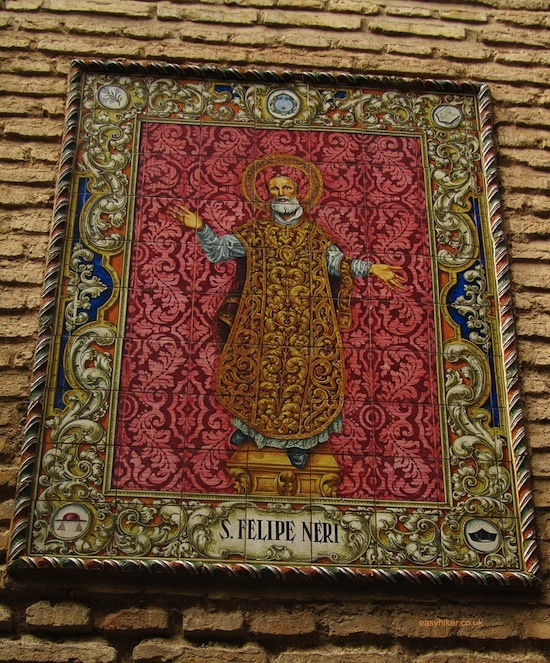
Read more about Michael Schuermann's visit to Seville as a guest of Vueling, Spain's leading budget airline.